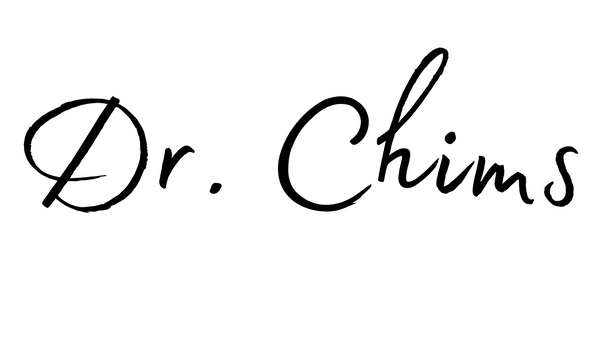Essential Tremors (head, hand, body, legs,voice, jaw, etc.)
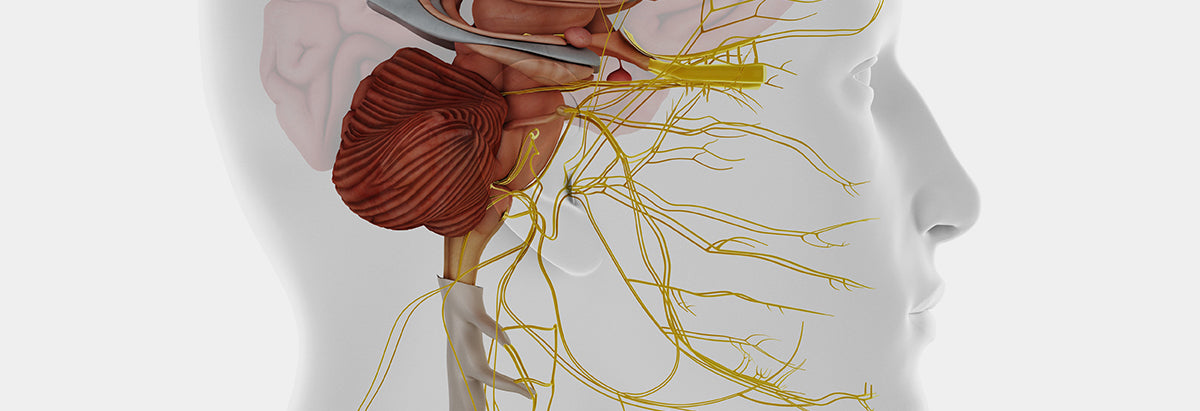
Essential tremors refers to a tremor of head, hand, jaw, voice, or the body. It occurs when the body is under stress or tension. These symptoms are different from those of Parkinson’s disease, which occurs regardless of the muscle tension. Essential tremors can be relieved when the psychological status is stabilized.
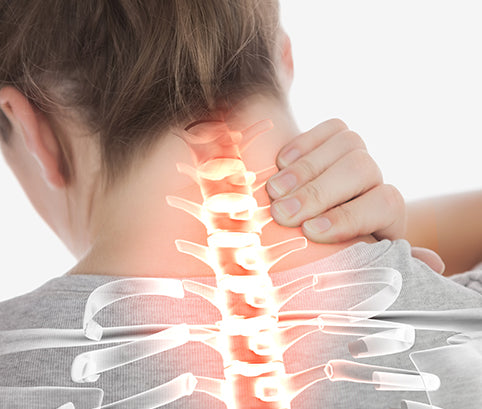
Cause
Essential tremors are relevant with stress. Stress causes a problem with neurotransmitters, which can lead to neurological diseases such as insomnia, depression, anxiety, irritability, and palpitations.
Neurotransmitters are also responsible for muscle tension and relaxation. When you are under severe stress, muscles in the shoulder or back neck become hardened, resulting in a stiff shoulder or neck. People who are vulnerable to stress easily tense their muscles and have a tendency of cracking the bones in the neck and shoulder unknowingly to release the tension.
Muscle tension can come to your hands, your jaw, your legs, or your whole body, and also to the vocal cords in your neck, causing these symptoms. In some cases, only the tremor of the head comes, or if the head and hands come at the same time, three or four symptoms may come together.
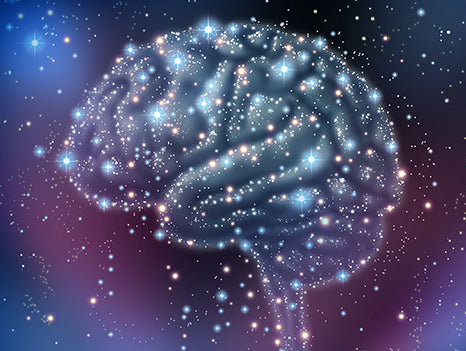
What is a neurotransmitter?
Neurotransmitters — dopamine, serotonin, endorphins, etc. — are substances affected by stress. Neurotransmitters affect the sympathetic and parasympathetic nerves, and play an important role in muscle tension and relaxation. When they are not balanced, it causes autonomic dysfunction and other neurological symptoms.
Problem with conventional treatment
Current treatment of neurological disorders relies on the administration of neurotransmitters associated with particular diseases. For example, for treating insomnia, serotonin is administered. When the treatment lasts for a long period of time, the balance of serotonin with other neurotransmitters starts to break down, resulting in side effects or other symptoms caused by abnormalities in other neurotransmitters. In other words, the conventional treatment in the long term carries a risk of developing other neurological disorders.
Meditation, exercise, breathing techniques, yoga, etc. are recommended as treatment without side effects, but the effect is known to be insufficient.
Self-diagnosis and how to restore the balance of neurotransmitters
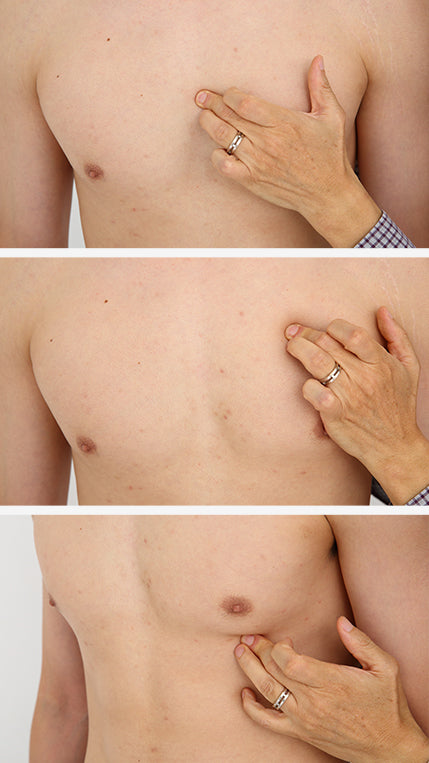
1. Treatment points
Most of the acupuncture points related with neurological disorders are located in the chest area (ribcage). The importance of treating the chest muscles (pectoralis) also have been proven essential in the Myofascial Pain Syndrome (MPS, also known as trigger points). For a diagnosis, one can press the ribcage and chest to identify the area of pain.
Place your finger on the area where you think the pain is, and press down firmly to identify the area of pain. When you feel a muscle or bone ligament at the tip of your finger, gently rub the affected area to narrow down the pain area. If the identified pain area is wide, the symptoms are likely to be more severe.
2. How to treat chest pain
In the area of pain or inflammation, free radicals — equivalent to 1/1000 of the light of a firefly — are generated. They are called bio-photons.
When the light generated from the area of pain is retro-reflected (back to the area of pain), it creates a phenomenon of mutual resonance. Due to the same range of wavelengths, the light can penetrate deeply into wound, stimulating the corresponding sensory nerves until the pain is relieved.
The therapeutic effectiveness, safety and efficacy of the Chims Band treatment were confirmed by The Study on the Analgesic Effect of Chims Band after Endoscopic Shoulder Surgery, conducted under supervision of the Korean Ministry of Food and Drug Safety and received the support of Dongshin University Oriental Medicine Hospital, Gwangju, Korea.
Treatment result
As the balance of neurotransmitters such as dopamine and serotonin is restored, the muscle tension caused by the abnormalities of neurotransmitters will be relieved, alleviating essential tremor symptoms.
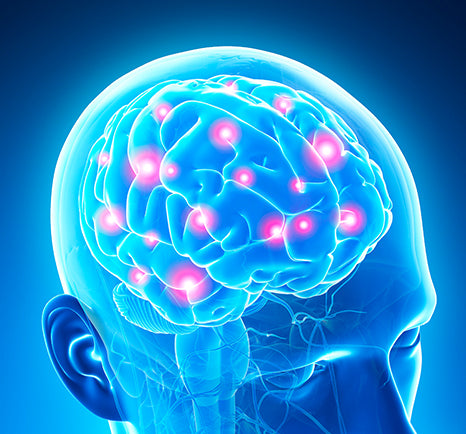
Features
When one neurotransmitter is normalized, other neurotransmitters are also stabilized. All neurotransmitters work together to achieve mutual balance (homeostasis)
When the balance of neurotransmitter is restored, the muscle’s capacity to resist stress returns to normal, alleviating tremor symptoms. In other words, the neurological symptoms and tremor symptoms will be alleviated simultaneously. This mechanism applies to tremors of the head, vocal cords, jaw, hands, legs, and whole body.
As the chest pain is relieved, free radicals from the area of pain will disappear, causing lights to cease to be emitted. In other words, once the neurotransmitters are restored to a normal level, the treatment effect will no longer proceed.
How to use
-

01. Chims Band treatment
Attach Chims Band to the identified area of pain. For patients with head tremor, it is effective to attach Chims Band to the back neck.
* Caution: Chims Band may cause skin allergies.
* It is recommended to apply Chims Band for a few more days even after the symptoms improve because there are cases where pain is latent.
-

02. Chims Wear treatment
Chims Wear is a product designed to assist people who need a long-term treatment of stress-related symptoms. The product, because it does not require attachment to the skin like Chims Band, is also recommended for people who have weak skin or hairy skin.
